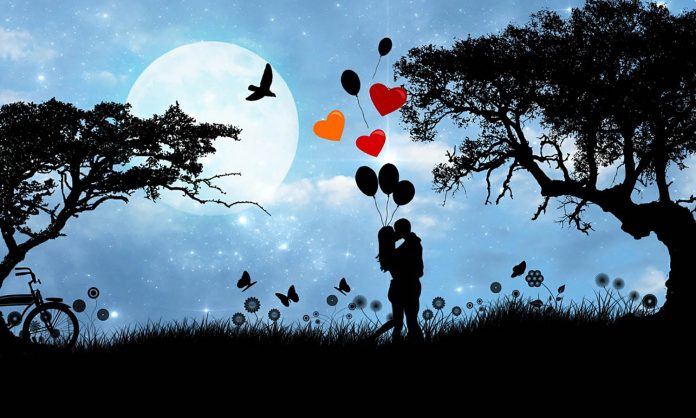In a post on Writers in the Storm, Lynette Burrows offers advice on writing irresistible character relationships. “Relationships are a large part of what your readers relate to because we can’t escape them,” she says. “Whether they are friends, acquaintances, enemies, or lovers, your characters’ relationships can break a reader’s suspension of disbelief or indelibly mark your reader’s heart.”
Characters change in relation to others, and these connections should be treated as an entity in themselves. In other words, the relationship becomes a third character among the other two. “One way to embrace this idea is to think about how the ethics of a group can lead an individual to behave differently than she would if she were alone,” Burrows writes. “Knowing what the relationship is and how the group reacts differently as a group than each individual would, will give your story more depth and meaning to your readers.”
Of course, there are many kinds of relationships, and your character may have many of them in one story: parent/child, siblings, romantic partners, friends, teacher/student, mentor/mentee, neighbors, business partners, roommates, doctor/patient, and many others. Some of these relationships may be interconnected, while others stand alone. “When you treat the relationship as an entity in your story, the dynamics between your characters will create motivation and movement that keeps your story from becoming too plot driven,” Burrows writes.
Your character may have dozens of relationships, but it’s likely your novel will focus on a handful, or perhaps even one. How many and which relationships you choose may depend on your genre, plot, or theme. Burrows suggests starting with the smallest number of characters and working forward.
Begin with the protagonist and antagonist, who naturally have a relationship, and then examine whether you need friends, siblings, family members, or romantic partners for both. “Make certain only one relationship fulfills a specific role in your story,” Burrows cautions. “Too many similar relationships can muddle the story so much your reader stops reading.”
Burrows also offers advice for making the most of these relationships:
- Choose Interesting Groupings. Choose character pairings or groupings that will create some tension through attraction, antagonism, language barriers, or societal rules. Ensure the relationships serve different roles.
- Make Your Characters Individuals. Don’t trap a character in the role of “the friend” or “the wife.” Instead, give them an individual personality and chances to shine. Even if you show only a little bit on the page, get to know all your characters as people.












